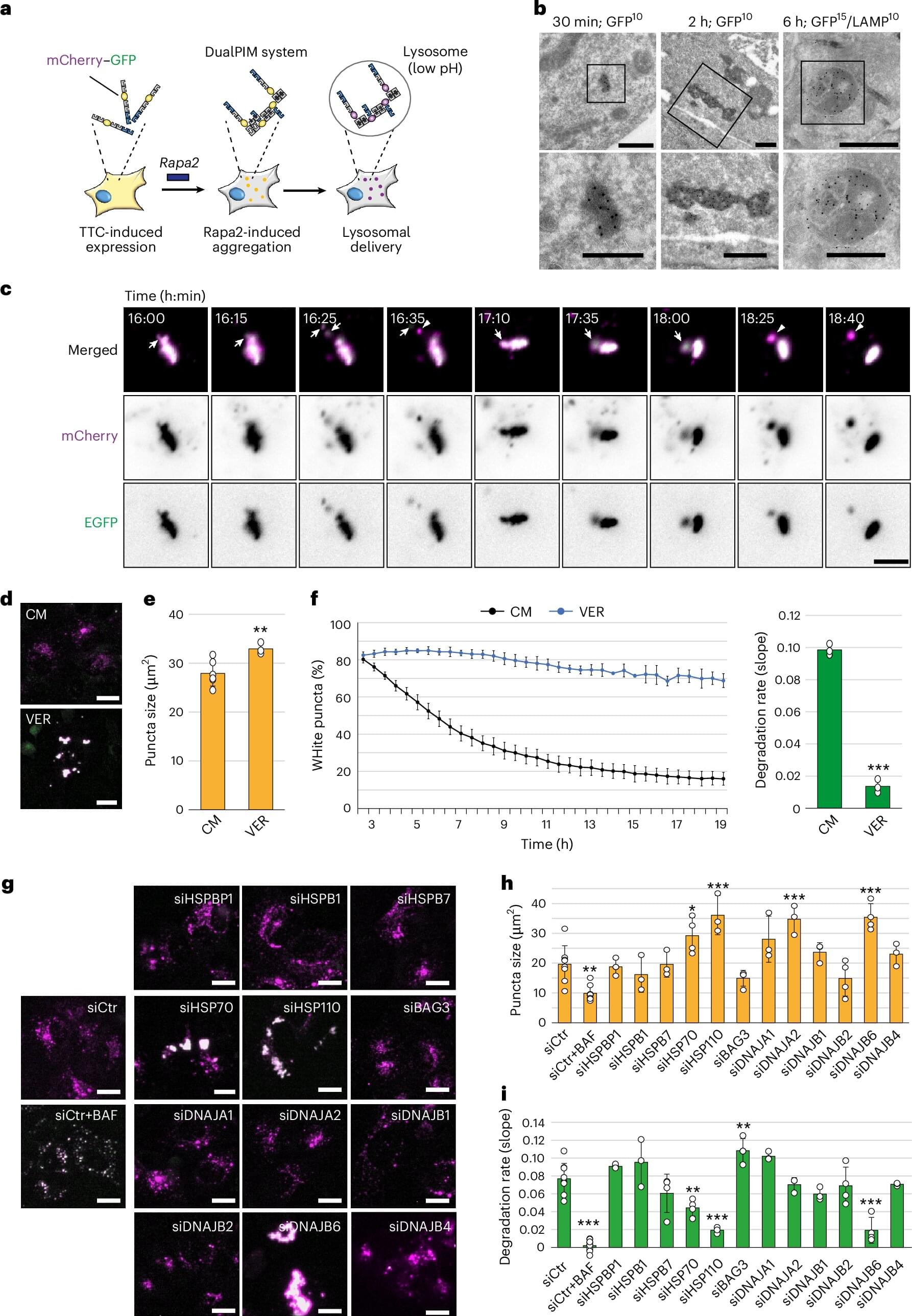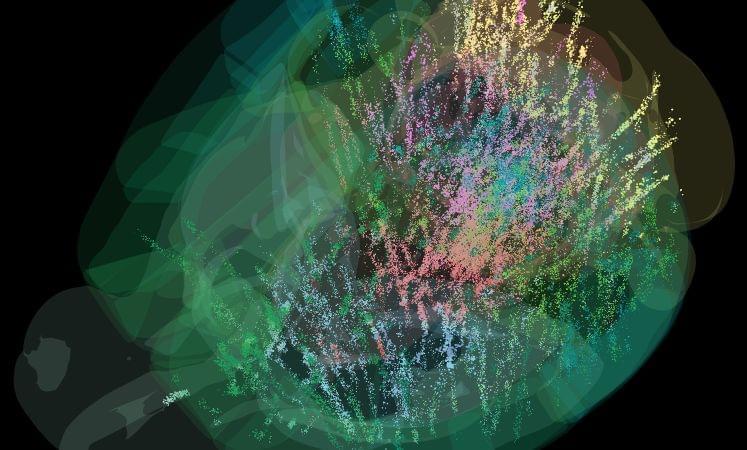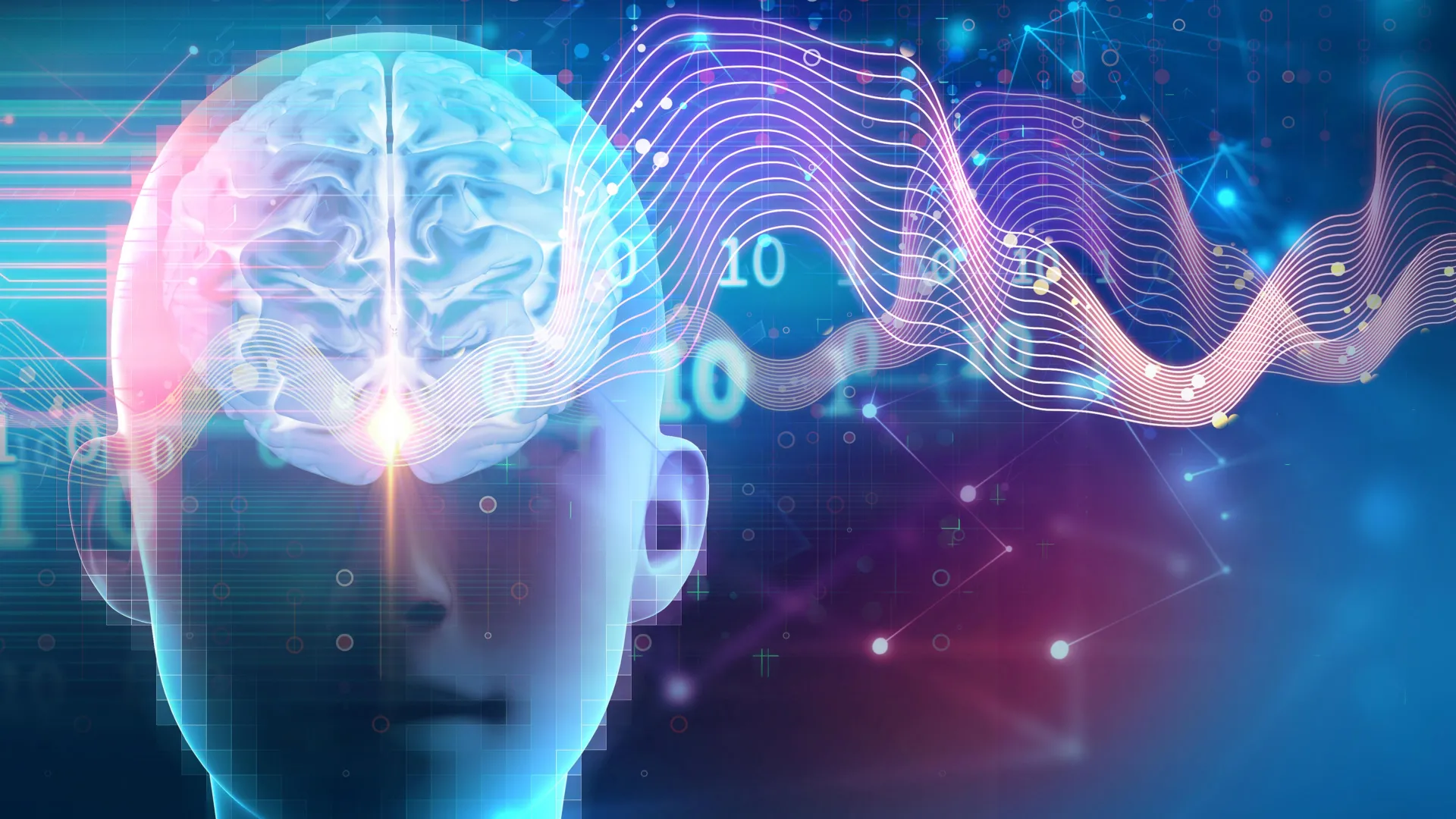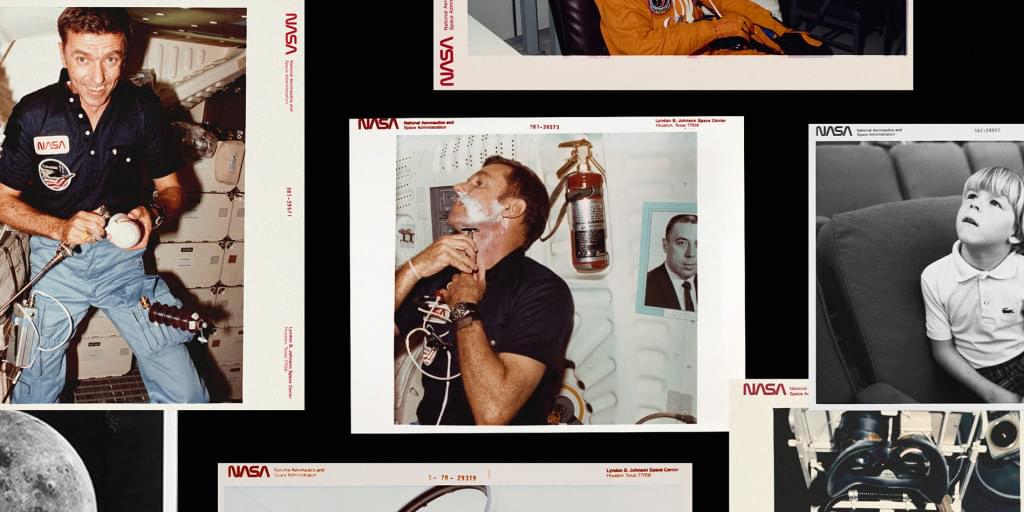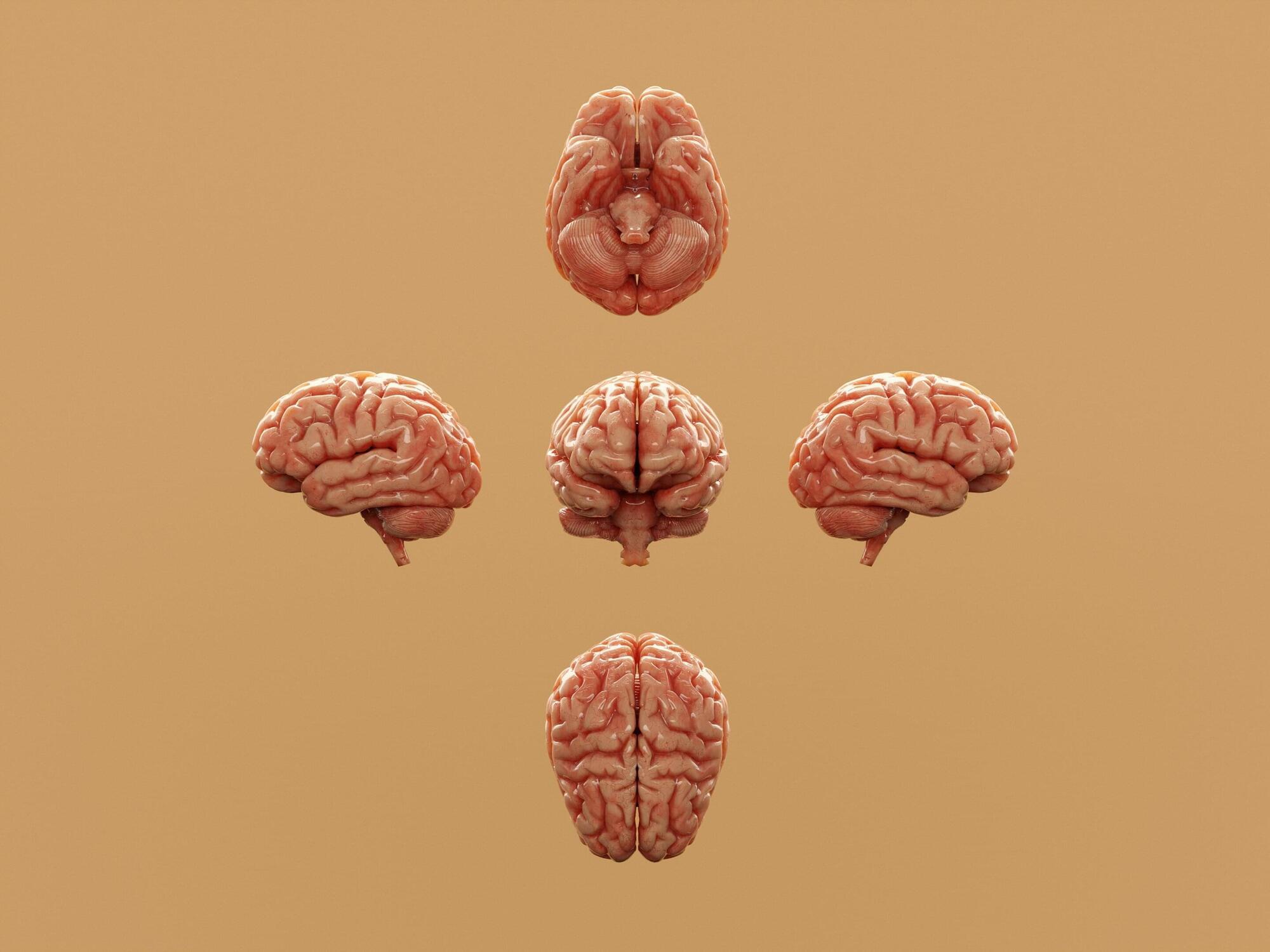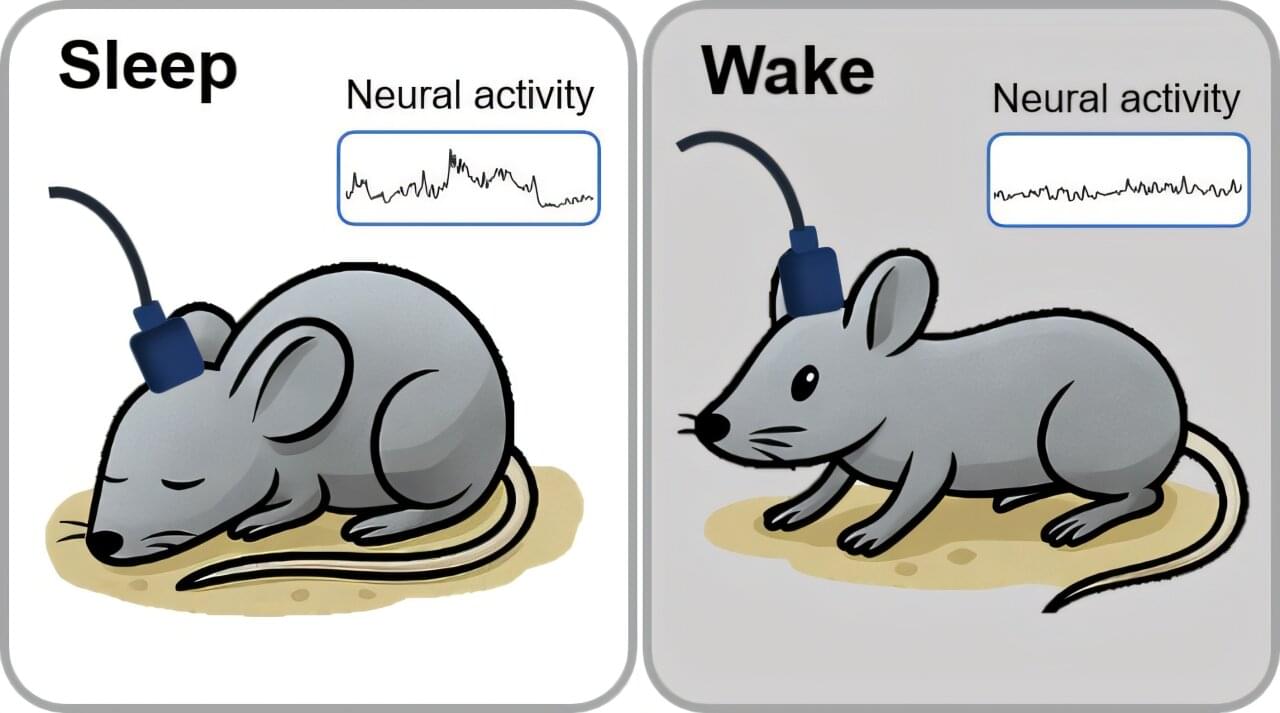Spaceflight makes certain human stem cells age faster, a new study has found, furthering scientists’ understanding of the potential effects of space exploration on the human body.
Stem cells are found throughout the body, and they can make more of themselves or turn into other specialized cells — including blood, brain or bone cells — for maintenance and repair.
“In space, stem cells decline in function,” said lead study author Catriona Jamieson, director of the Sanford Stem Cell Institute and professor of medicine at the University of California, San Diego School of Medicine. “They actually reduce their ability to renew themselves or regenerate, and that’s an important thing to be able to know for long-term space missions.”

